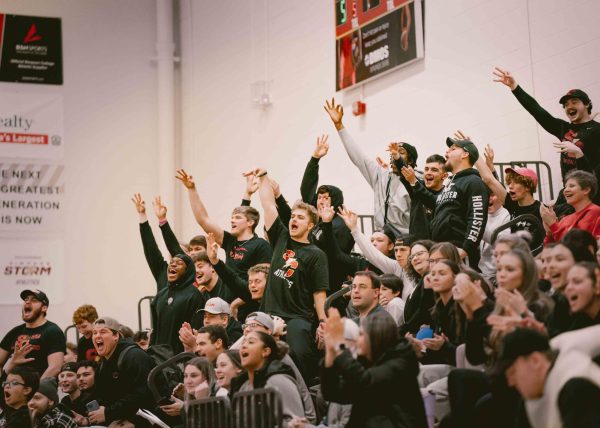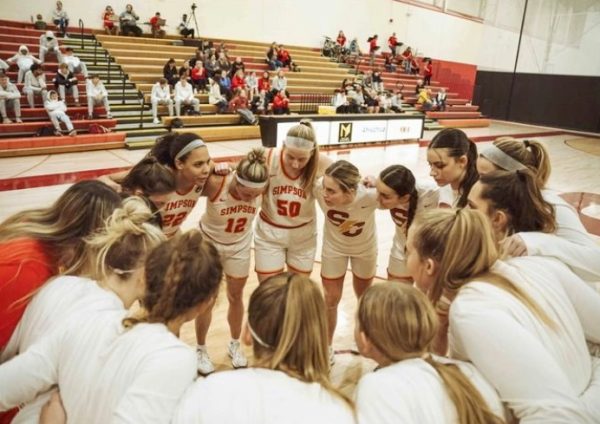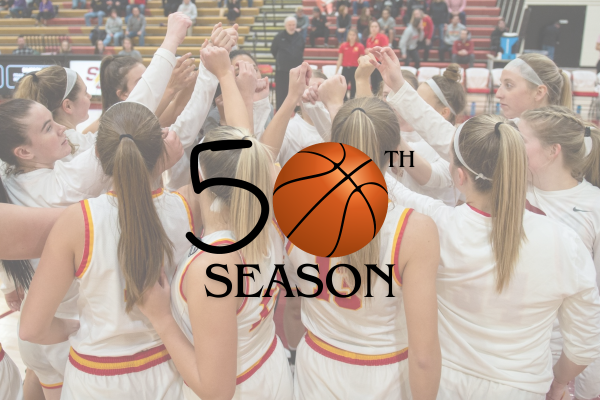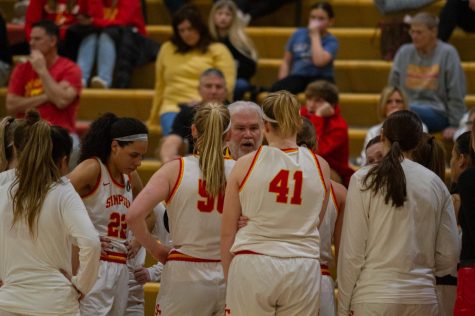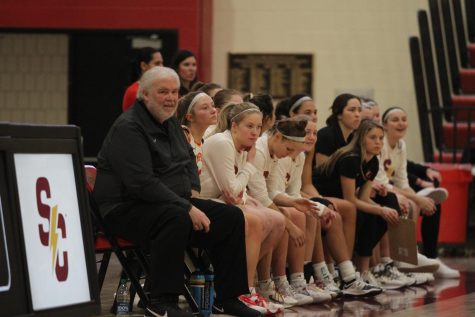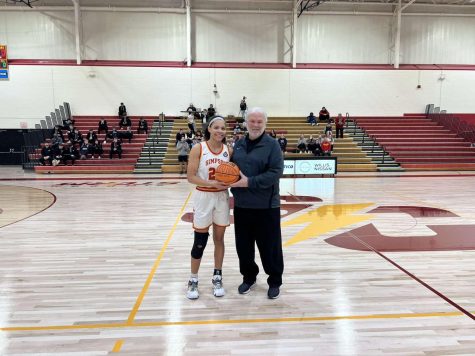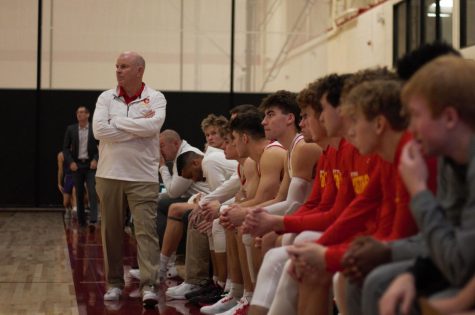Review: Women’s March Madness 2022
April 13, 2022
Women’s sports are more prevalent than they’ve ever seemed to be before, timely with the 50th anniversary of Title IX. The University of South Carolina Lady Gamecocks took home the championship this year after being ranked No. 1 all season.
As interesting as it is, the United States Supreme Court has suggested that Title IX does not apply to the NCAA, but rather to the member schools.
So for the NCAA to say they are a driving force in helping female athletes, that’s bullshit.
If you remember what happened with the women’s tournament last year, things are trending upwards.
Last season, Oregon women’s basketball player Sedona Prince took to social media to expose the NCAA and some of the disparities between the men’s and women’s basketball tournaments. The weight room was significantly different as well as food disparities and gifts players received for making it to the tournament. After that public relations nightmare, the NCAA commissioned a firm to examine the disparities and gender inequity in the NCAA—more specifically in basketball.
In August, a 118-page report came from Kaplan Hecker & Fink out of New York. In the external review, it was found that the NCAA culture prioritizes men’s basketball, the media agreement structure for men compared to women is inequitable, the spending gap was nearly $35 million and the NCAA only rewards men’s teams in terms of revenue distribution.
This year marked the first year that the March Madness branding was used for the women’s tournament—despite being used for the men’s tournament since 1989.
While the NCAA is finally making little changes, such as providing the same food and gifts for athletes, they still haven’t made significant changes and probably won’t anytime soon.
For those of you who understand the business of college athletics, you may understand that the majority of the revenue that the NCAA makes comes from men’s basketball and in return, some of that money goes back to the conferences and schools that were the most successful. No matter who won this year, no money was given back to the schools or conference while the men’s final four earned their leagues at least $10 million.
While the NCAA may have failed, other entities such as companies and fans have stepped up and made this the best year yet. The 2022 National Championship game was the most-watched NCAA women’s basketball Championship game since 2004.
ESPN hosted a megacast, showing it on ESPN, ESPN 2, ESPN U and ESPN+, making it the most expansive production in ESPN history. According to TOGETHXR, the game peaked with 5.91M viewers, up 18% from 2021 and 30% from 2019.
Prior to the tournament, ESPN’s advertising inventory was sold out prior to Selection Sunday and some new sponsors of the women’s March Madness tournament were Capital One, Degree and Target.
The tournament had record attendance through the first and second rounds at around 216,000 attendees and during the championship, the Target Center in Minneapolis hit a max capacity of over 18,000.
If you don’t believe that people shouldn’t invest in women’s sports, you’re wrong. If you think that women’s sports won’t generate revenue, think again. Take a look at the numbers.
While the NCAA may be slowly improving the tournament and the culture surrounding women’s basketball, it is up to fans and companies to advocate for women’s sports.









